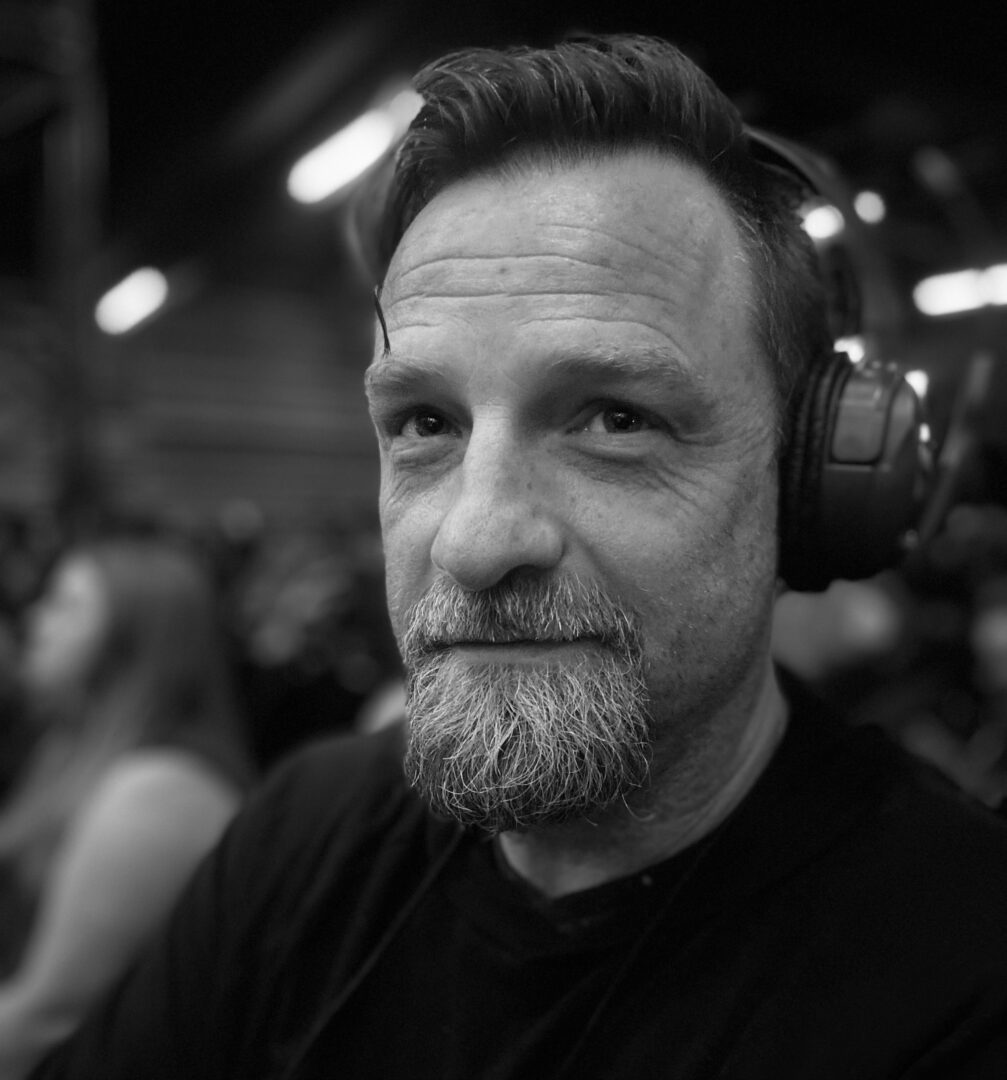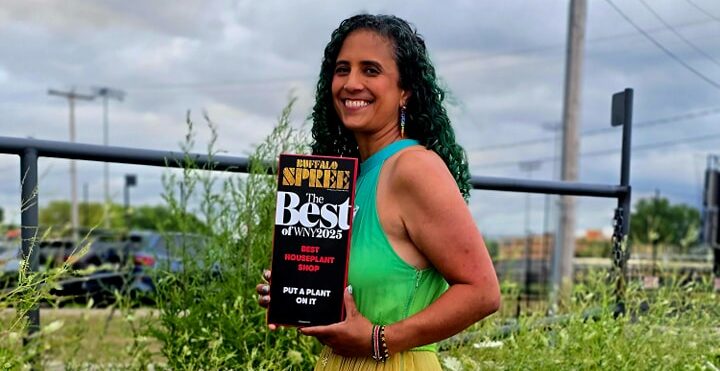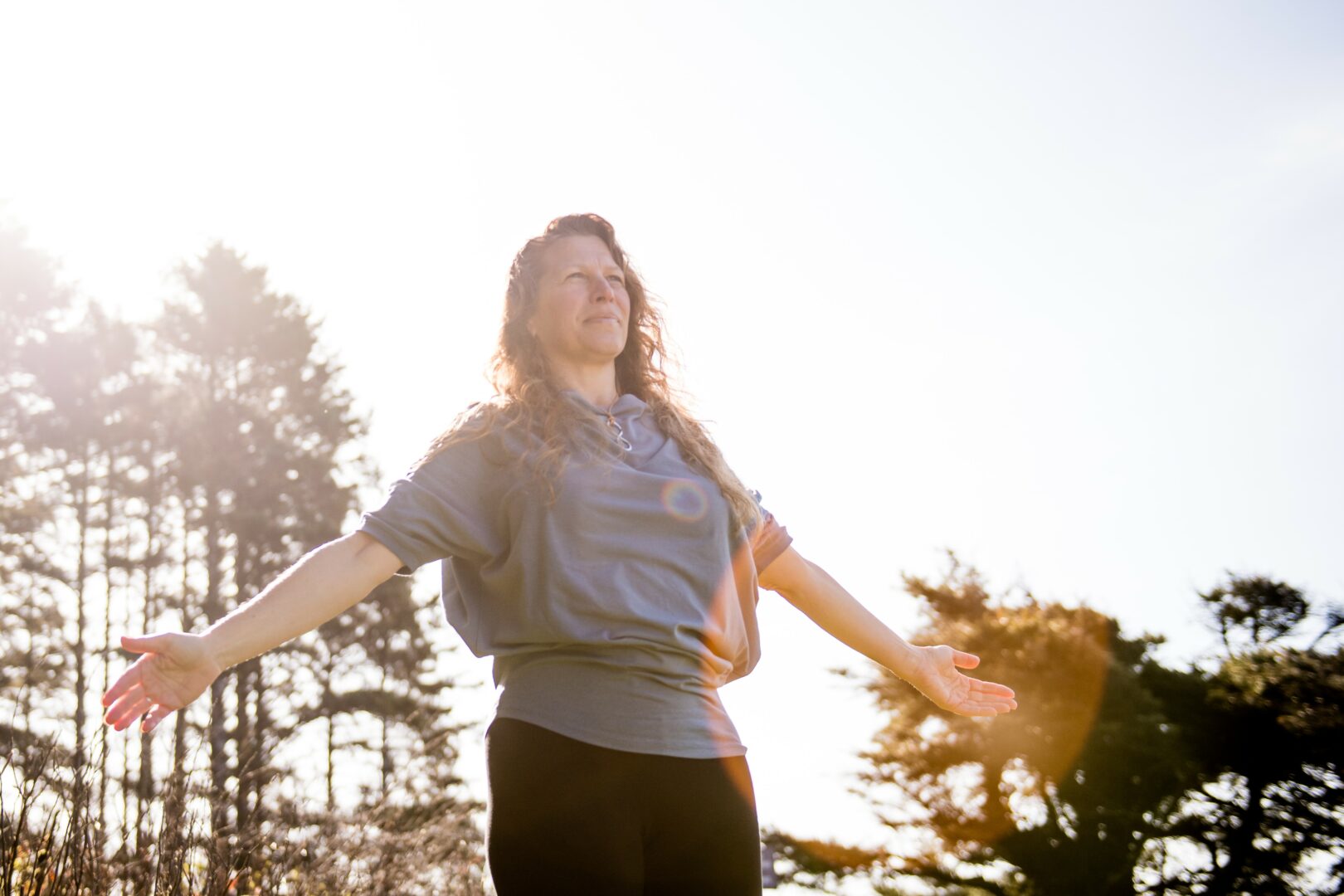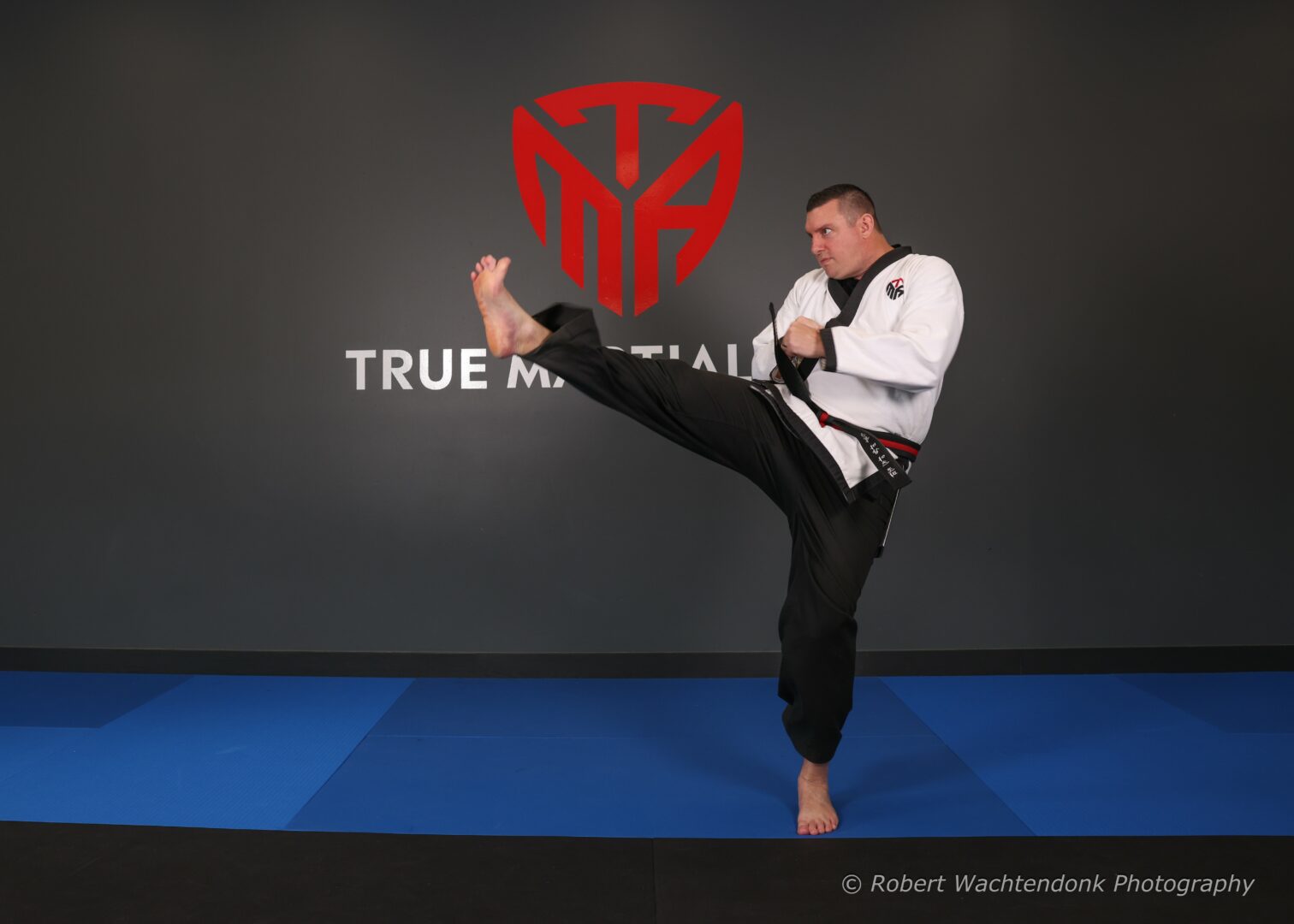We’re excited to introduce you to the always interesting and insightful Dan Mohr. We hope you’ll enjoy our conversation with Dan below.
Dan, we’re so excited for our community to get to know you and learn from your journey and the wisdom you’ve acquired over time. Let’s kick things off with a discussion on self-confidence and self-esteem. How did you develop yours?
Confidence and self-esteem are also creative projects that harness vision, courage, talent, disillusion & adaptiblity.
All of my peers were taught that we’d be the next Quentin Tarantino while being schooled in all the exalted traditions of Hollywood that QTs success explicitly circumvented.
So I got out of school with a lot of story to tell and no way to come to grips w how such stories are told.
I eventually found work as a Production Asst – kind of the general infantry of any motion picture set, stapling scripts, picking up the cinematographer from the airport etc.
PAing granted me the privilege of seeing how motion pictures were made by grips and costumers and line producers, but at the cost of squirreling away any marketable skills or a living wage for myself.
After 6 months or so I heard that still photography sets had no such pecking order and paid a whopping 75$ more per day, so I talked my way into that world as a simple act of survival. But as a photo asst I was quickly tasked with taking light measurements, swapping lenses, powering lights, etc as well as picking up lunch and generally assisting every way possible.
In a handful of months, I was quickly able to speak the strange language of the movie lighting department. In no time I joined their ranks as a journeyman grip & was packing on new knowledge of continuous lighting, crew dynamics, rigging a camera to cars, cranes, roller coasters etc.
Somewhere along the way, what had started as a quite deliberate career decision to circumvent all the grunt work and heavy lifting became exactly the brutish process of cultivating the currency of respect among peers and mentors.
I straddled still photography and motion picture crew support for a number of years; lucky to learn from some truly heavy hitters in the business.
One day when prepping a still shoot, a salesman stopped by offering to demonstrate what was the brand new emerging cutting edge technology of the day: digital photography.
I was given a crash course in CMOS sensors 3 years before the technology would hijack celluloid image capture forever. By the time digital made it to video in the form of the Red One and Canon 5dMk2, I had been working w the same sensors in stills for a couple years.
For a year and a half I was hired officially as a grip, but unofficially to simply answer the (legacy celluloid) Director of Photography’s many questions about the camera we were using.
Like every other career move I clumsily woke to the realization of my own tools and talents. After 20 months of telling the boss how to work the camera (and standing next to them as they lined up the shot, directed the talent, etc) it dawned on me that I was walking around with the know how that had escaped me years prior.
I hung a shingle as a director of photography and weathered the slings and arrows of the veterans claims of poseurhood and the outrageous fortune of now telling the grips what to do. The 1st 4 years were racked with imposter syndrome, but the next 5 a kind of cruising altitude, until I found myself bored, no longer inspired by a tailwind of anxiety.
I still work behind the camera with some regularity. But today I just as often clock in as a storyteller, brand guru, visual stylist, mythologist, or creative director.
For me, Imposter Syndrome is simply the cost of doing business, of learning how stories are told, and at its most basic, of learning to trust other people.
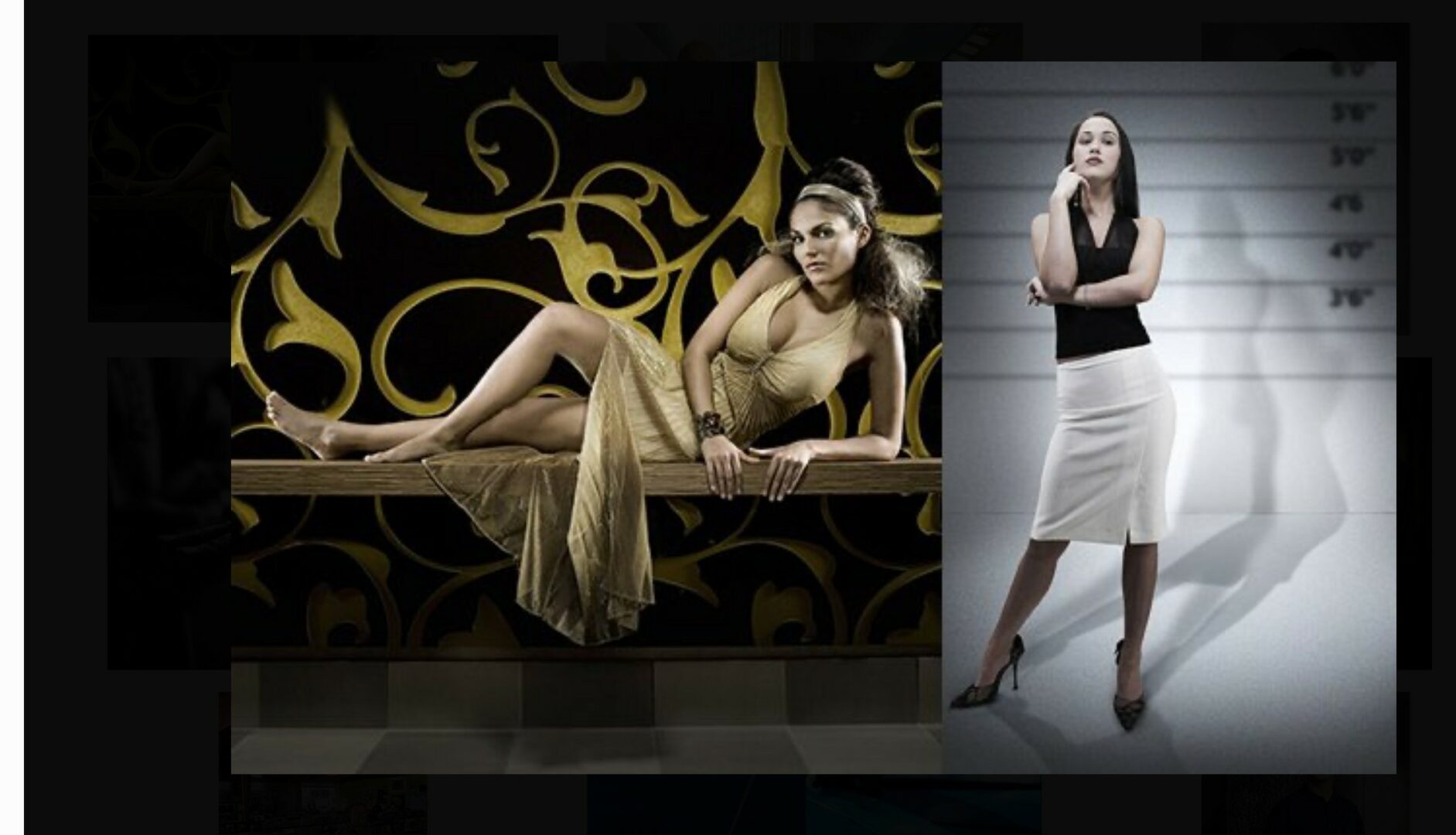

Thanks for sharing that. So, before we get any further into our conversation, can you tell our readers a bit about yourself and what you’re working on?
I work mostly as a photographer, director, and director of photography. I am increasingly branching out into creative direction, brand guidance & visual marketing.
My favorite aspect is distilling the needs of the brand into a message conveyed by an image. My least favorite aspect is separating what’s important to the viewer abt the brand from what’s important to the brand visionaries.
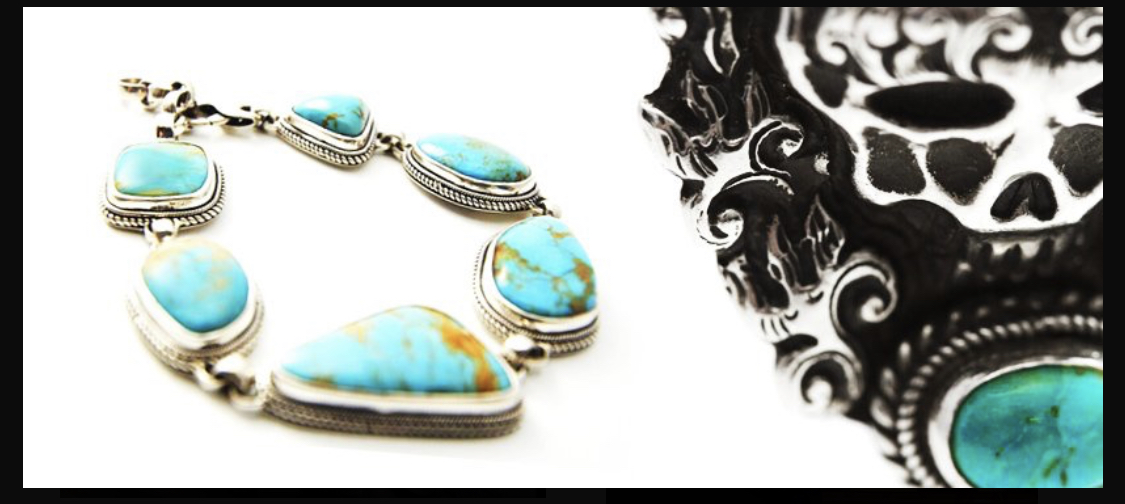
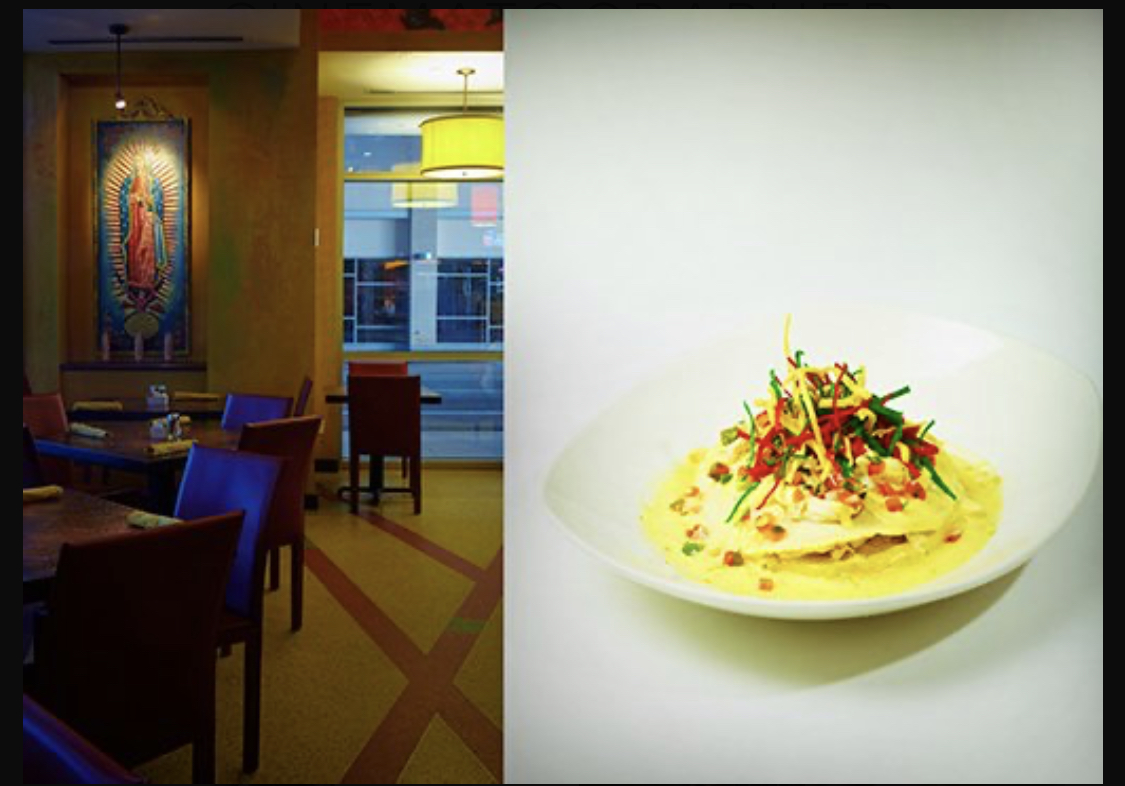
Looking back, what do you think were the three qualities, skills, or areas of knowledge that were most impactful in your journey? What advice do you have for folks who are early in their journey in terms of how they can best develop or improve on these?
Moxy- don’t give up. Ever. Take whatever breaks you need. But never quit.
Flexibility- Very few are presented with the career plate they saw on the menu. This is where you put your money where your mouth is w respect to Creativity.
Bedside Manner – for all the reasons the industry is full of screamers. They are unavoidable but don’t become one. Being merely a capable craftsman that is not an asshole will take you farther than being a genius w a chip on his shoulder.
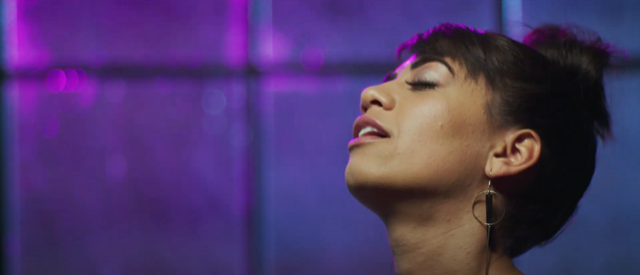
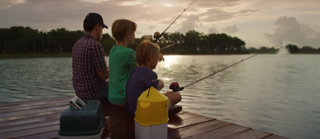
How would you describe your ideal client?
The ideal client does not need to be convinced of risk.
Trust is built upon vulnerability. No one will pay $XXXX for shoes that you only pay $xx to tell them about.
Contact Info:
- Website: https://Mohrdp.com
- Instagram: @dan.mohr.dop.htx

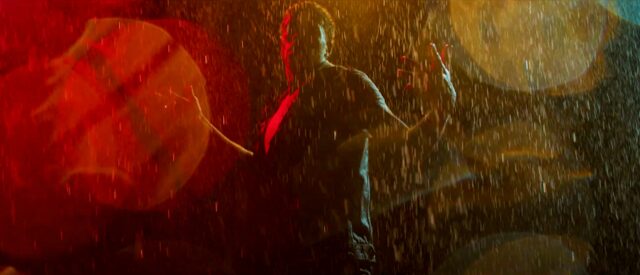
Image Credits
Dan Mohr
[email protected]
713/851.0459
so if you or someone you know deserves recognition please let us know here.

